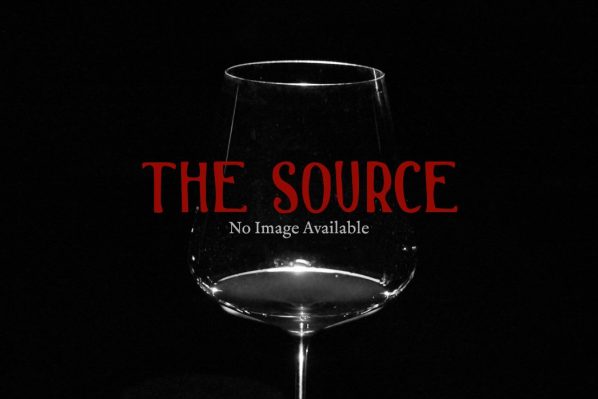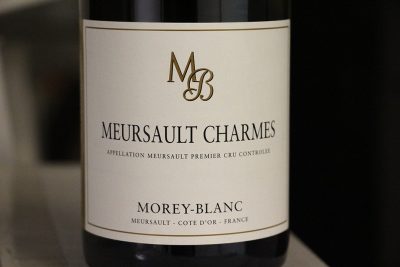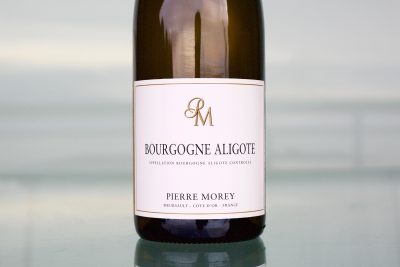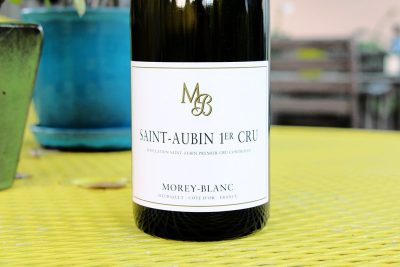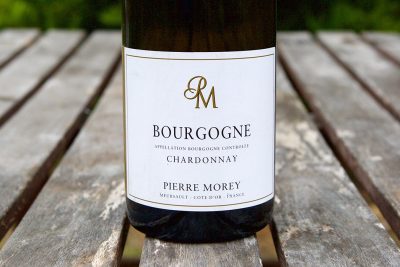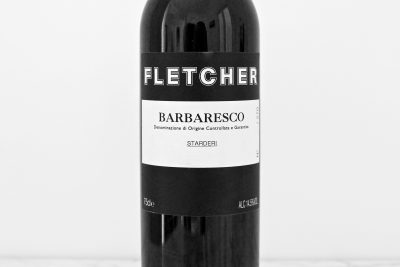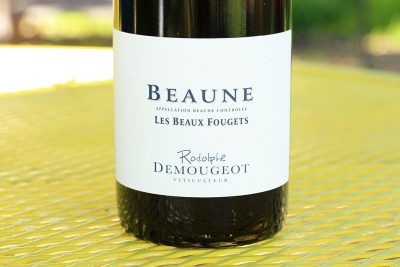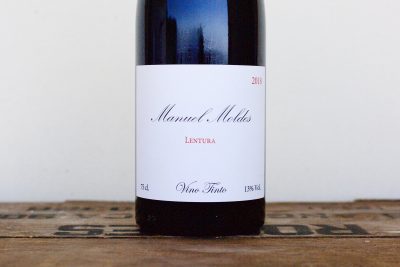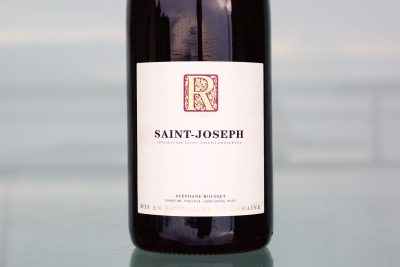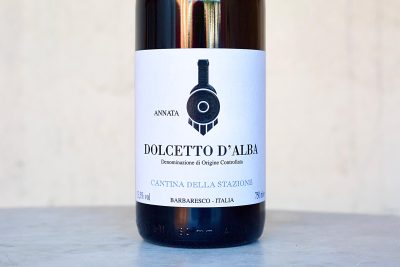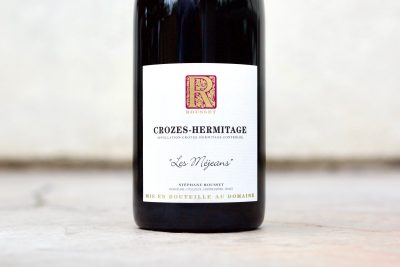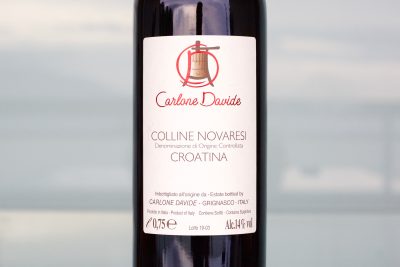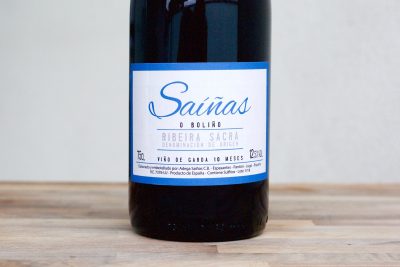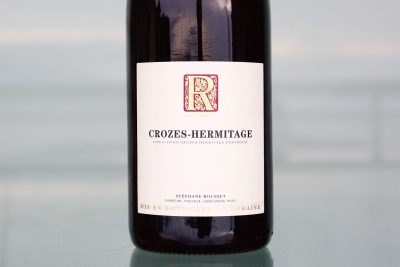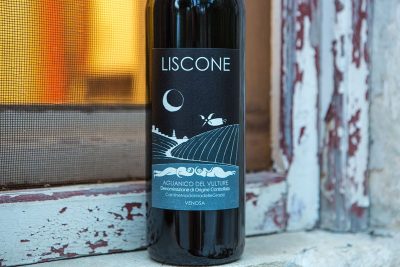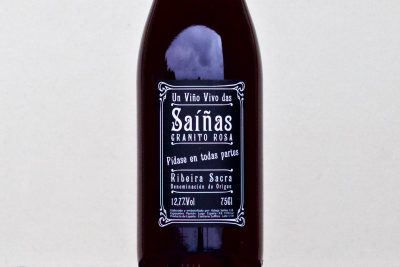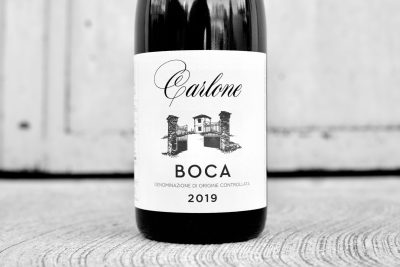About The Wine
The Morey’s bought their parcel of the Volnay 1er Cru Santenots lieu-dit, Les Pétures, in 2003. A few years before that, they purchased their fruit and bottled it under their négociant label, Morey Blanc. Once under the ownership of Domaine Pierre Morey, the conversion to biodynamic culture began the following year. And after thirteen years of some T.L.C. from Pierre et Anne Morey, we get to benefit from this hearty and lovely, classically-styled, vitality-rich Volnay premier cru from a vintage that’s impossible to not adore for those with hearts that beat for Burgundy wines.
Difficult to find on a map—other than the zoom-in on Morey’s website, Les Pétures is located inside of Les Plures, a section of Volnay Santenots located entirely within the Meursault commune. The vines were planted in 1974 and their parcel is a modest 0.35 hectares, so about one acre. The site is not on an extreme slope (at least by Côte d’Or standards of gradient), but rather on a somewhat flat piece of land. (It’s the vineyard in the picture above with Anne Morey explaining the pruning while I quickly stole a shot of her; she doesn’t like pictures of herself, but over the years she’s gotten used to me making her uncomfortable.) However, what’s not readily apparent is that the rocky, orangish-brown clay topsoil is unexpectedly shallow for being so low on the slope.
The terroir in combination with the respect in the vineyard and cellar practices (briefly noted below) makes for a Volnay Santenots still with substantial matière (“matter” in French, that when used in a wine context it implies a lot of stuffing, substance, or mouthfeel), but also notable definition and deep textures. Like Morey’s house style of reds, this wine is a fuller version compared to many of today’s red Burgundies, perhaps more classic in a sense—not an extraction bomb by any stretch like the many wines from the 1990s and 2000s, neither is it too “hands-off” or infused… It’s simply a substantial and noteworthy Volnay Santenots, hailing from a vintage that serves wines of this level of structure and depth well as much for early drinking as later. The French wine guide, Bettane et Desseuve, gave it high marks, stating “Dégusté sur fût, des notes fleuries et épicées, la bouche est enjôleuse en attaque, une finale séveuse et terrienne,” which translates to, “floral and spicy notes, the palate is seductive on the attack, a sappy and earthy finish.” A perfect description, and in French it sounds more like the wine feels.

